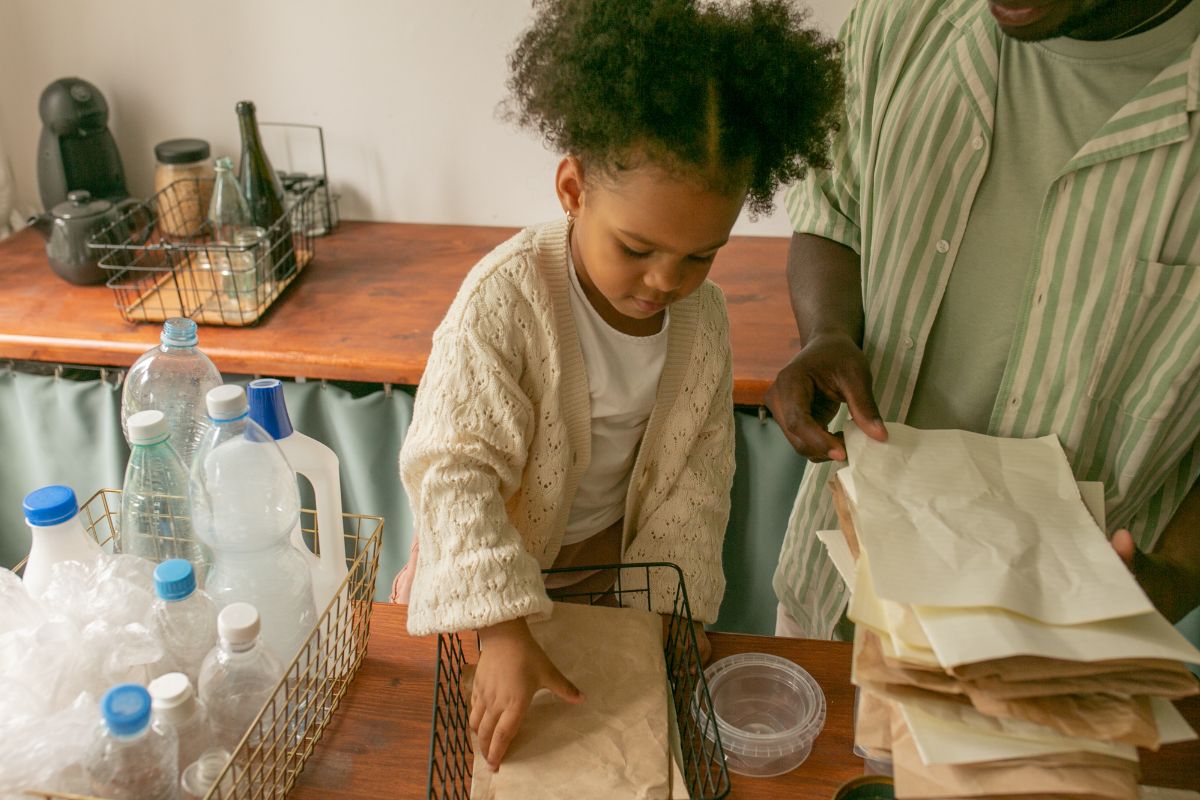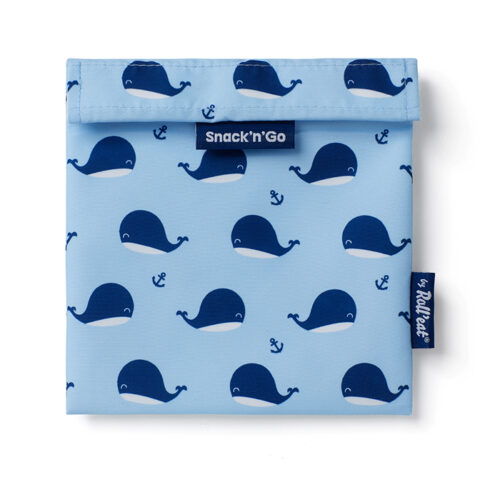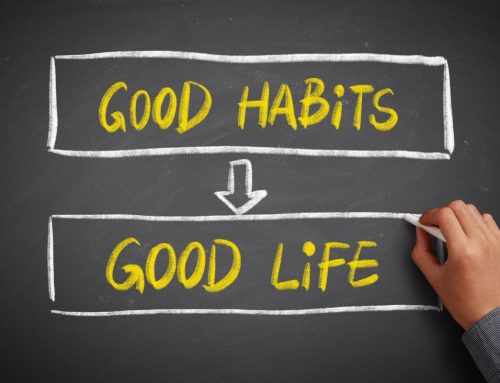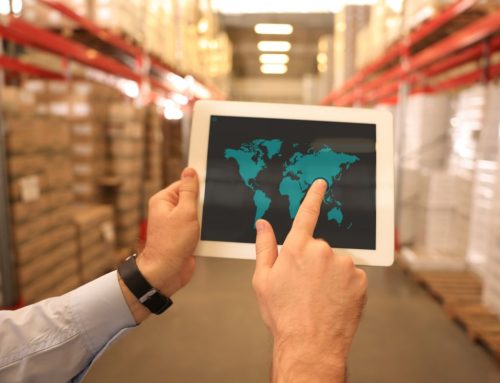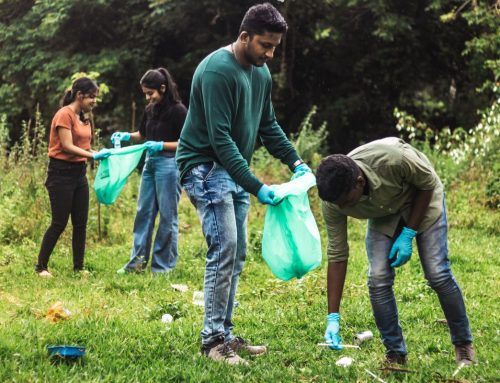Different but with the same objective
In essence, recycle aims to convert materials into raw materials for new products, reuse extends the life of items through continued or alternative use, while repurposing involves imaginative transformations to give items new functionality or value.
Together, these practices form essential components of sustainable waste management, resource conservation, and environmental stewardship, contributing to a more circular and mindful approach to consumption and waste reduction.
Reuse
Reuse refers to the practice of utilizing items, products, or materials again in their current form or for a different purpose instead of discarding them after initial use. It involves extending the lifespan of an item or repurposing it for a new function rather than throwing it away as waste.
Our products are examples of reusing. The Boc’n’Roll, a reusable sandwich wrapper, and the Snack’n’Go, a reusable snack bag, are the perfect way to stop using single use wraps like foil or plastic wraps to take your food anywhere.
There are several forms of reuse:
- Direct Reuse: This involves using an item again for its original purpose without significant alterations or modifications. For instance, using a glass jar to store homemade preserves multiple times instead of disposing of it after the initial use.
- Indirect Reuse or Upcycling: Upcycling involves transforming or repurposing an item into something new and often more valuable or useful than its original form. For example, turning old denim jeans into a fashionable bag or repurposing pallets into furniture.
- Donation or Redistribution: Donating items that are still in good condition to others who can use them is a form of reuse. Items such as clothing, furniture, electronics, and books can be donated to charities, thrift stores, or passed on to friends or family members.
- Refillable or Rechargeable Products: Using refillable or rechargeable products instead of single-use items is another form of reuse. Examples include refillable water bottles, rechargeable batteries, or refillable containers for household products like detergents.
Reusing items helps to minimize waste generation, conserve resources, and reduce the environmental impact associated with the production and disposal of goods. It also contributes to a more sustainable lifestyle by extending the life cycle of products and reducing the demand for new materials. Additionally, reusing items can often save money and promote creativity by finding new ways to use or repurpose existing items rather than purchasing new ones.
Repurpose
Repurposing refers to the act of taking an item or material and using it for a different purpose than its original intended use, often giving it a new function or value. Instead of discarding an item as waste, repurposing involves finding creative and innovative ways to transform it into something useful or valuable.
Key aspects of repurposing include:
- Creativity and Innovation: Repurposing involves thinking outside the box to reimagine the potential of an item. It requires creative thinking to envision new uses or applications for objects that might otherwise be discarded.
- Adaptation or Modification: Sometimes, repurposing involves adapting or modifying an item to suit its new function. For instance, transforming old wooden crates into shelves or turning tires into garden planters requires some modifications to serve their new purpose.
- Environmental Benefits: Repurposing items reduces waste by giving them a second life, thereby decreasing the volume of materials sent to landfills or incinerators. It contributes to a more sustainable lifestyle by promoting resourcefulness and reducing the need for new materials.
Examples of repurposing include:
- Using old jars or containers as storage for various items like spices, office supplies, or crafting materials.
- Upcycling worn-out clothing into quilts, rags, or reusable shopping bags.
- Transforming wooden pallets into furniture or garden planters.
- Repurposing used glass bottles as decorative vases or candleholders.
Repurposing items not only contributes to waste reduction but also encourages a more mindful approach to consumption. It promotes creativity, resourcefulness, and environmental consciousness by finding new ways to extend the lifespan and utility of everyday items.
Recycle
Recycling is a process that involves collecting, sorting, processing, and converting used or waste materials into new products. The purpose of recycling is to prevent valuable resources from being wasted, reduce the consumption of raw materials, save energy, and minimize the environmental impact associated with the production of new goods.
The recycling process typically involves several stages:
- Collection: Used materials such as paper, glass, plastic, metal, and electronics are collected from households, businesses, or designated recycling centers. These materials are then transported to recycling facilities.
- Sorting and Processing: At recycling facilities, the collected materials are sorted based on their type and quality. They undergo cleaning and processing to remove contaminants and prepare them for reprocessing into new products.
- Reprocessing: Processed materials are broken down and transformed into raw materials that manufacturers can use to produce new items. For example, plastics are melted and reformed into pellets, while paper is shredded and pulped for reuse.
- Manufacturing: The recycled raw materials are then used in manufacturing processes to create new products. These products can range from recycled paper and cardboard to glass containers, plastic bottles, aluminum cans, and more.
The main benefit of recycling
Recycling helps to conserve natural resources by reducing the need for virgin raw materials, conserves energy compared to the production of new materials, and reduces greenhouse gas emissions and pollution associated with extracting and processing raw materials.
Participating in recycling initiatives by separating recyclable materials from general waste and disposing of them in designated recycling bins or facilities contributes significantly to the preservation of the environment and the reduction of waste sent to landfills or incinerators. It is an essential component of sustainable waste management and plays a crucial role in promoting a circular economy where materials are reused, repurposed, and recycled to minimize environmental impact.
Environmental care today
In today’s world, the importance of caring for the environment cannot be overstated. With pressing issues such as climate change, biodiversity loss, and pollution reaching critical levels, safeguarding the environment has become a vital imperative.
The health of our planet directly impacts human well-being, economies, and the survival of all living organisms. Taking care of the environment now is crucial for ensuring a sustainable future for generations to come.
What can we achieve?
By preserving ecosystems, reducing carbon emissions, protecting natural resources, and adopting eco-friendly practices, we not only mitigate the adverse effects of environmental degradation but also pave the way for a healthier, more resilient planet.
Each action, whether small or large, contributes to the collective effort needed to preserve the Earth’s delicate balance and secure a more sustainable and thriving future for all.
We’re all about this, which is why we’ve developed reusable products that allow you to ditch disposable plastic wrappers for wrapping your food. Join our philosophy: Reuse and re-enjoy.
